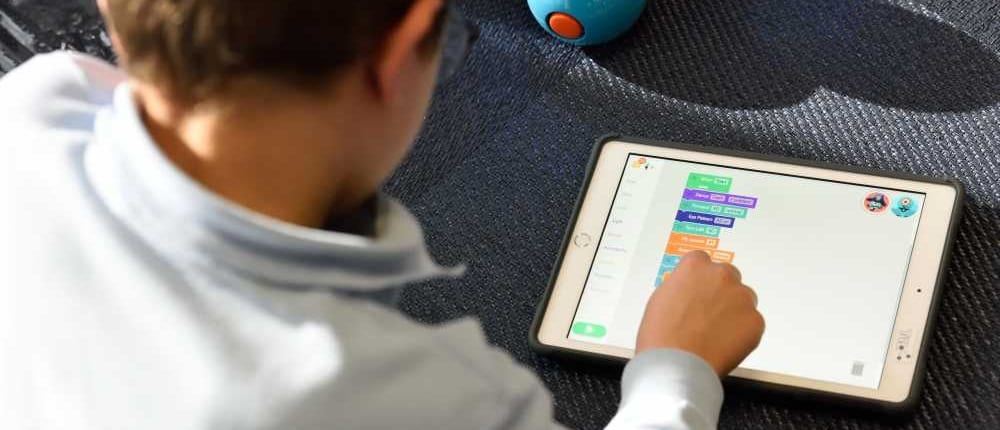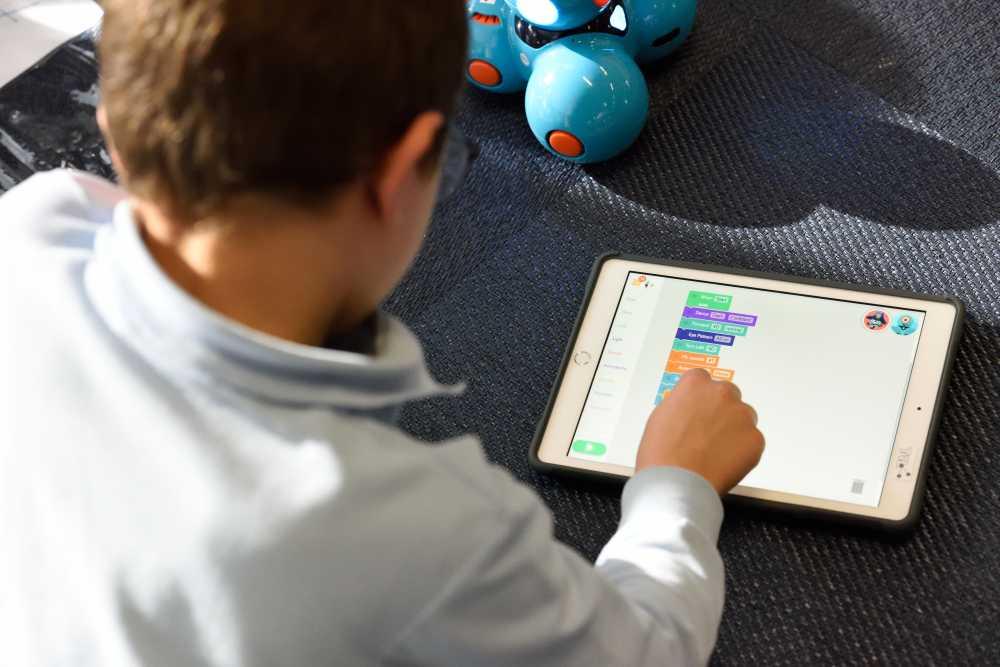
Making sure that your child practices Spanish in between lessons is important. Below, Spanish teacher Breeana L. shares 10 fun and educational Spanish games for kids…
There are many ways to engage your child or your students in the Spanish learning process -whether the topic is vocabulary, verbs, or pronunciation. Here are 10 fun and educational Spanish games for kids that can be used in the classroom or at home.
Try These Spanish Games for Kids
1. Charades: Verbs
Playing charades is a great way to engage students of all ages in the use of Spanish verbs. Write down different verbs on cards (you can use index cards). For younger students, you can include both the picture and the word. One student will pick one of the cards to act out for the group. The rest of the participants will try to guess which verb is being acted out. Some Spanish verbs that lend themselves well to this activity include the following: bailar (to dance), correr (to run), and comer (to eat).
2. BINGO: Vocabulary
You can create your own BINGO boards either with your own materials or by using free online websites. Place vocabulary words in the different squares on the board. You can have several different BINGO boards, for different games, each with separate themes. For instance, one BINGO board can be for farm animals. Another can be for items in the classroom. You can purchase chips, or use coins or other manipulatives. Remember to create the list of words so that you can call them out to the players.
3. Diego Dice (Diego/Simon Says): Body Parts Vocabulary and Directions
Spanish Simon Says, or Diego Dice, is a fun way to review body parts as well as directions. Students will stand up and listen to the instructor call out commands such as, “Diego dice, toca la cabeza,” (Diego says, Touch your head) and “Mueve a la izquierda” (Move to the left).
4. Jeopardy: Various Spanish Topics
Through Jeopardy, you can review multiple topics simultaneously, such as Geography (Spanish countries), verb conjugations, adjectives, family members, etc. You can make this game on the computer by using a free preset game board offered by online sites. You could also create this game the old fashioned way by using a huge poster board.
5. I Spy: Colors, Shapes
I Spy is a captivating game with which lots of students are familiar. Each student can have a turn “spying” with their little ojos (eyes) an object in the room by describing its color and/or shape. As a result, they are practicing their use of nouns (the guesser), and adjectives (the spy).
6. Concentration/ Matching Flash Cards: Vocabulary
Create a deck of Spanish vocabulary cards and a deck of English vocabulary cards that correspond to those Spanish words. Place the cards faced down and have students try to find the correct match. Students can play this game in small groups or with a partner.
7. Catch the Pelota (Catch the ball): Various Spanish Topics
Purchase a lightly colored lightweight ball (preferably an inexpensive beach ball). The ball needs to be lightly colored so that you can write on it with a sharpie or indelible marker. Divide the ball into equal sections so that you can write questions and/or commands about various Spanish topics. While the class is arranged in a circle (or at their desks), the instructor or a student will toss the ball to another student. When the student catches the pelota (ball), wherever his/her right thumb is touching is the command or question the catcher must perform or answer. Some example questions include, “How do you say apples in español (Spanish)?” and “What is the capital of Columbia?” Some example commands include, “Touch your cabeza (head)” and “Count to ten in español (Spanish).”
8. Dramatic Spanish Conversations: Pronunciation, Grammar, Vocabulary
Create topic strips around which students can create a conversation. For example the topic strips can say, “Two people ordering lunch from a restaurant,” “A doctor talking to a patient,” or “a tourist asking for directions.” The instructor will pick two students who will pick a strip from a bucket or hat and use their vocabulary and grammar skills to act out and engage in discourse. You can make the scenarios more dramatic by having costumes and props available to the students. Students can practice before they perform for the class.
9. Parent/Teacher made board game: Directions, Vocabulary
Create a board game for any Spanish topic of choice (or multiple topics). This board game can be as elaborate or as basic as you choose. Students can go around the board only moving if they answer questions correctly. There can be road bocks that require students to move backwards or skip a turn. These directions can be in Spanish for further practice. They can also have bonuses such as moving forward. You can create question cards as well as command cards for the students to pick from. You should also have game pieces that students will use to move around the board. You can utilize a spinner or dice (from games you already have) that the students can use to move their pieces forward or backwards.
10. Spanish Hoops: Various Spanish Topics
Create a list of questions to ask students. If your class sits in rows, you can use a giant die to choose the student that you will call on. The first number you roll will be the row number. The second number you roll will be the seat number. You can also use Popsicle sticks with the students’ names if they do not sit in rows. Ask the student any Spanish related question. If they answer correctly, they can have the opportunity to shoot the ball. This game can be played with teams. Separate your class into groups or two teams. Ask a question to the whole class. Give each group a white board to hold up their answer. Whichever team answers correctly will be allowed to shoot the basketball for an extra point. Small basketballs and nets that you can stick on your classroom’s whiteboard can be purchased.
Suzy S.

